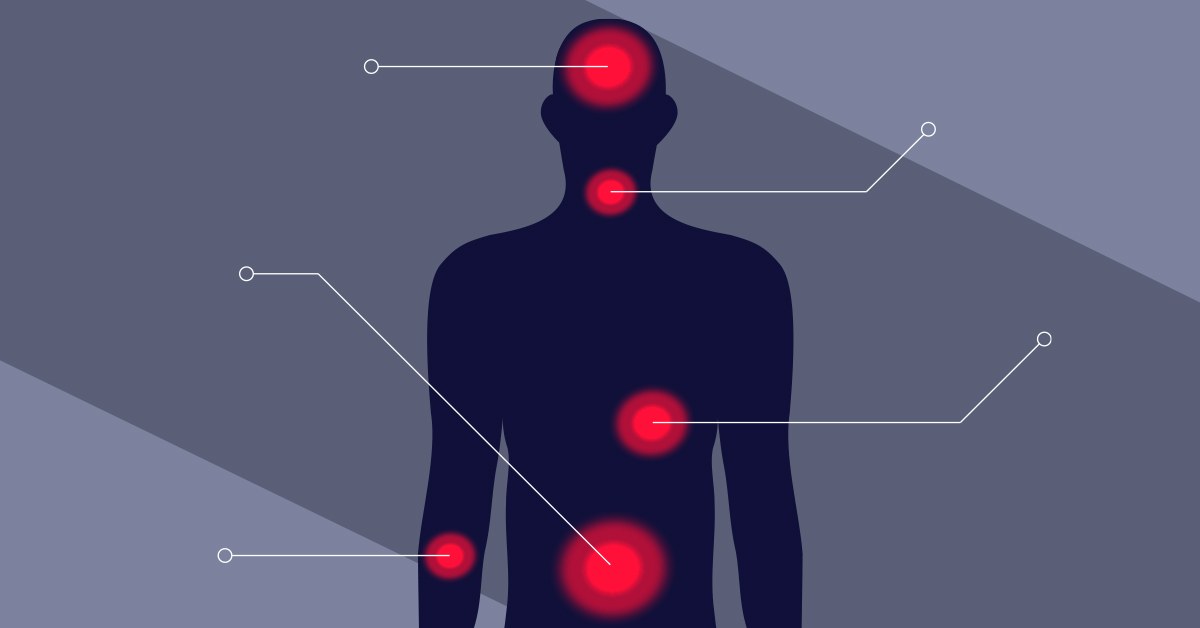Nerves send messages between your brain and body. Learn how those messages can get mixed up and what that means for you

What is Referred Pain?
Nerves allow communication between the brain and the rest of the body. This communication involves pain signals. Pain is one of the body's most important communication tools because it is a way to alert us to a problem. However, sometimes signals can get mixed, and the brain tells you an area is hurting that actually is not injured. Referred pain is the term used to describe when pain is felt in a different area of the body than in the actual injury area.
What causes Referred Pain?
Referred pain is often caused by nerve or nerve root compression. This compression can be caused by degenerative conditions like herniated disc, degenerative disc disease and spinal stenosis. These conditions can occur naturally as we age and our bodies undergo wear-and-tear. However, this nerve irritation can also be caused by tumors, injuries, infections, or other causes. If the nerve is compressed, it can interfere with the transmission of the signals it normally sends to the brain, causing abnormal pain signals. This can result in pain being felt at one point of the nerve, even though the irritation is actually occurring at a different point.
Another cause of referred pain is thought to be a mistranslation of signals where the nerves meet at the spinal cord. For instance, the brain is not used to receiving strong pain signals from the heart, so it may assume the pain signals are actually coming from a different nerve at the same level of the spine that is more likely to send it such strong sensory signals. For example, during a heart attack, the brain may assume that the pain signals are actually coming from left arm and chest area instead of the heart.
Symptoms and Diagnosis
Symptoms of referred pain vary widely depending on the location of the pain's source. A nerve being compressed in the neck, or cervical section of the spine could cause pain in the shoulders, arms, or wrists. This may be accompanied by weakness or tinging. Alternatively, if compression is occurring in the lumbar section of the spine, dull, aching pain that varies in intensity may be felt in the buttocks, leg, or knee. Your doctor will review your medical history and give you a physical exam to determine the cause of your pain. Imaging studies will be used to confirm the pain's cause and the proper course of treatment.
How is Referred Pain treated?
Depending on the cause, treatment of referred pain ranges from conservative to surgical. Unless a serious condition is present, conservative methods may be beneficial in treating your pain. These usually include rest, physical therapy, and medication. However, if the pain does not respond to these treatments, or if the condition causing the pain is especially severe, surgery may be necessary.
